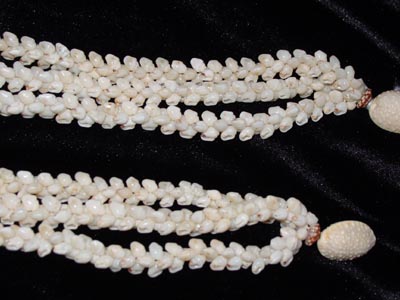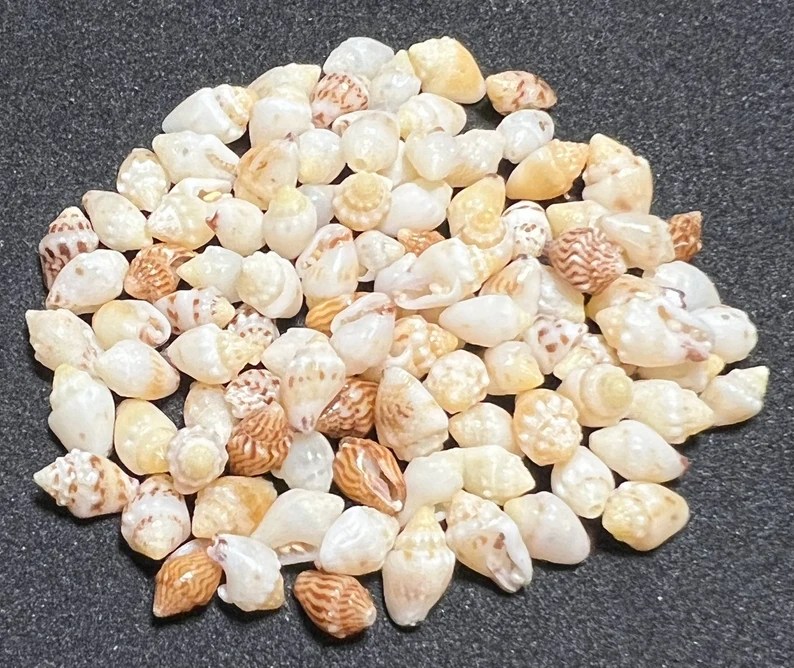States first established international organizations to cooperate on specific matters. The International Telecommunication Union was founded in 1865 and the Universal Postal Union was established in 1874.
In 1899, the International Peace Conference was held in The Hague to elaborate instruments for settling crises peacefully, preventing wars and codifying rules of warfare. It adopted the Convention for the Pacific Settlement of International Disputes and established the Permanent Court of Arbitration, which began work in 1902.
The League of Nations, conceived during the first World War and established in 1919 under the Treaty of Versailles, was established “to promote international cooperation and to achieve peace and security.” (The League of Nations ceased its activities after failing to prevent the Second World War.)
On January 1, 1942, representatives of 26-Allied nations fighting against the Axis Powers met in Washington, DC to pledge their support for the Atlantic Charter by signing the “Declaration by United Nations”. This document contained the first official use of the term “United Nations”, which was suggested by US President Franklin Delano Roosevelt. (UN)
The United Nations officially came into existence on October 24, 1945, when the Charter was ratified by the five permanent members of the Security Council (China, France, the Soviet Union, United Kingdom and United States) and the majority of other signatories.
The United Nations was founded by 51 countries as an international organization committed to maintaining international peace and security, developing friendly relations among nations and promoting social progress, better living standards and human rights. (UN)
The UN needed a home.
At the height of world capital search in late-1945, the United Nations and newspaper accounts typically reported that between thirty and fifty suggestions for the headquarters site had been received.
The range and scope of proposals indicated the previously unexplored public fascination with the prospect of creating a “capital of the world” and offered a source base for investigating the evolving relationship between local, regional and national identity, and global consciousness. (Capital of the World)
Hawaiʻi got caught up in this, as well.
At the July 4, 1945 meeting of the National Governor’s Association, Hawaiʻi Governor Ingram M Stainback was successful in amending the group’s motion “we respectfully invite and urge all of you to use your good offices to locate the headquarters and capitol site of the United Nations organization at some place within the continental United States of America.”
Stainback noted, “I think Hawaiʻi would be a good place to locate the headquarters and suggest the word ‘continental’ be removed.” (His amendment passed unanimously.) (NGA)
Folks in Hawaiʻi then got to work and Governor Stainback initiated a campaign to attract the UN to Honolulu. In contrast to other contenders, who stressed their proximity to world capitals, the Hawaiians stressed the advantages of being “far enough removed from any of the potentially explosive situations of the world.” (Capital of the World)
“A resolution adopted by the Hawaiian Senate emphasized that Hawaiʻi is especially appropriate for UNO headquarters because it is the home of Pearl Harbor, whose treacherous bombing brought the United States into the war and gave the world a symbol of unity of action.” (Herald Harper, November 23, 1945)
“The decision to propose Hawaiʻi as the permanent site of the United Nations Capitol was made relatively late, after other cities (nearly 250-across the US) had prepared elaborate campaigns to ‘sell’ themselves. However, a highly effective presentation was prepared and shipped to London by Hawaiʻi’s committee”. (Dye)
“A huge book presenting Hawaiʻi’s invitation, the most comprehensive yet presented, signed by IM Stainback, Governor of the Territory, and Hawaiʻi’s leading businessmen and industrialists, has been received in London for consideration by the UNO’s preparatory commission.” (Herald Harper, November 23, 1945)
“The huge volume was sent with an attractive cover with a tapa cloth and flower lei design and a decorative map emphasizing Hawaiʻi’s central location in the Pacific. It was mounted on a wooden standard for ease in reading. The word ‘Hawaiʻi’ was spelled out on the cover in letters hard-carved of wood.” (Dye).
The site of the Hawaiʻi proposal? … Waimanalo.
However, the dream of the UN moving its sweet home to Nalo Town was short-lived.
A site committee of the United Nations Preparatory Commission voted after two hours of bitter debate to locate the permanent headquarters of UNO in the Eastern US. (United Press, December 22, 1945)
In the end, they picked New York. A last-minute offer of $8.5-million by John D Rockefeller, Jr, for the purchase of the present site was accepted by a large majority of the General Assembly on December 14, 1946. New York City completed the site parcel by additional gifts of property. (UN)
The cornerstone was laid on October 24, 1949; the United Nations headquarters in New York is made up of four main buildings: the Secretariat, the General Assembly, Conference Area (including Council Chambers) and the Library.
The tallest of the group, consists of 39 stories above ground and three stories underground. The exterior facings of the 550-foot tall Secretariat Building are made exclusively of aluminum, glass and marble. (UN)
This was not the first lost-opportunity for international awareness. In early-visioning for the home of the UN, President Franklin D Roosevelt “thought that the Secretariat of the organization might be established at Geneva, but that neither the Council nor the Assembly meetings should be held there.”
“He believed that the Assembly should meet in a different city each year, and that the Council should have perhaps two regular meeting places, one being in the Azores in the middle of the Atlantic and the other on an island in the Hawaiian group in the middle of the Pacific.”
“He felt that locating the Council in the Azores or the Hawaiian Islands would bring the benefit of detachment from the world. Being at heart a naval man, he liked the perspective obtained from surveying the world from an island out at sea.”
“(Roosevelt) had been eager, in the later thirties, to promote a meeting of the heads of nations on a battleship or on such an island as Niʻihau.”

















































